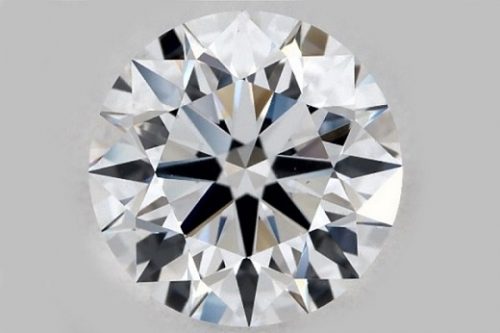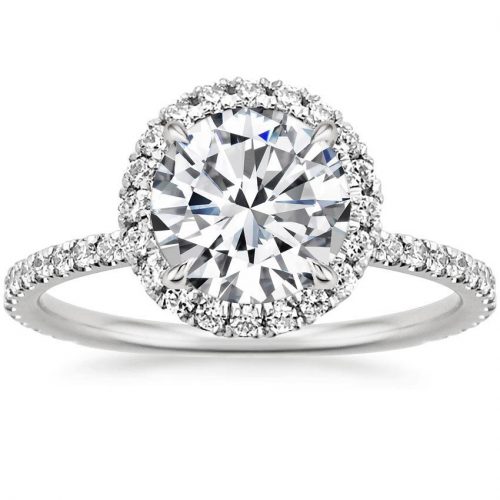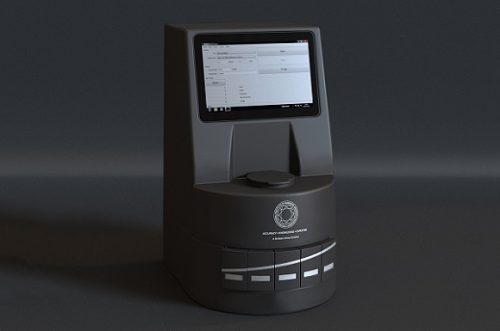Lightbox has added grading information for its synthetic white diamonds in an effort by the De Beers brand to bring further transparency to the lab-grown sector.
The company will provide technical specifications showing the minimum quality of its stones across cut, color, clarity and carat weight, Lightbox said Monday. It will include these descriptions with each white lab-grown diamond it sells, but will not grade each stone individually. The specifications are based on internationally recognized grading standards, the De Beers-owned company noted.
“This new feature is just one more way Lightbox can instill consumer confidence,” the company added.
An infographic with the information is also available on Lightbox’s website. Those specifications list its synthetic white diamonds to be “near colorless” or better, which the company defines as between G to J, meaning only a trained gemologist can detect a trace of color. The stones all have a minimum clarity of VS, and a cut of “very good.” The stones are still priced at $800 per carat.
Lightbox, which De Beers launched in 2018, does not currently intend to offer grading information for its blue or pink lab-grown diamonds.
Source: Diamonds.net





